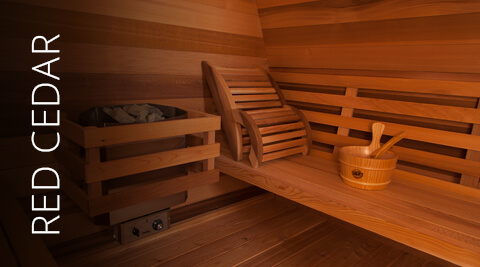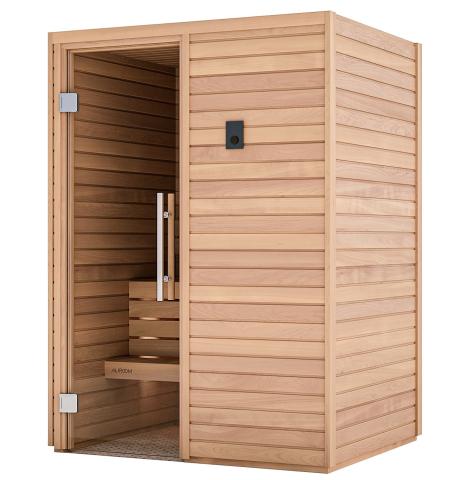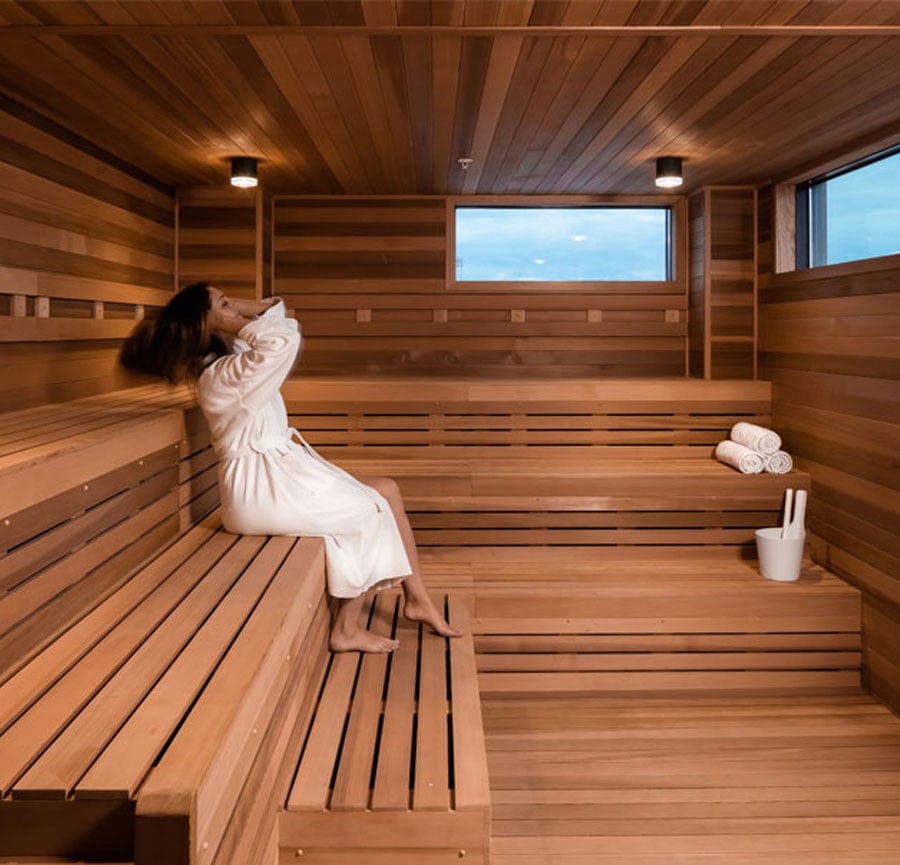Our Traditional Sauna Statements
Our Traditional Sauna Statements
Blog Article
Traditional Sauna Can Be Fun For Everyone
Table of ContentsThe Facts About Traditional Sauna RevealedSome Ideas on Traditional Sauna You Should KnowThe Ultimate Guide To Traditional Sauna10 Simple Techniques For Traditional SaunaThe Definitive Guide for Traditional Sauna
The majority of the weight shed in a sauna is water loss and is re-gained upon rehydrating. However, undeniably sauna can be a vital part of a healthy and balanced weight loss program. To consider the distinctions between standard and IR saunas, I will separate these right into verifiable, academic, and made differences.Hence, the most popular factor in the saunawhich goes to the ceiling straight above the sauna heateris usually between 185 and 190 F. Claims that a conventional sauna surpasses 200 F is merely not true and not relevant for electric saunas marketed in the US. The temperature level for a far-infrared sauna is typically established in between 120 and 140 F; nevertheless, unlike the traditional sauna, the goal in and IR space is not to achieve a heat.
Due to this, the temperature difference is almost irrelevant, given that profuse sweating results in both sauna types, yet the approach of warming the body is different. In an IR sauna the bather will certainly feel warm and will sweat a lot, however at a lot lower temperatures (Traditional Sauna). Thus, if the objective is to invest longer amount of times in the sauna, the IR sauna is a great option
When a typical sauna has been appropriately warmed, the sauna walls are warm, the air temperature level has actually achieved set temperature level and the rocks are very heated. As an interesting side note, the warmed walls and the rocks are emitting far-infrared warmth, incorporated with the warmed air, to produce an "covering warm".
Getting My Traditional Sauna To Work

When the high temperature level is attained, the elements cycle on and off to keep the high temperature. The majority of standard sauna customers delight in pouring water over the rocks to develop vapor to increase sauna moisture levels. The advantages of pouring water over the rocks include: making the room extra comfortable, dampening the nasal flows, and permitting the use of aromatherapy by mixing essential oils with the water.

When the energy enters the body, it creates the body temperature to boost and eventually leads to perspiration. In an infrared sauna it is very important for the emitters/heaters to continue to be on practically frequently. Considering that there is no mass of rocks to maintain warmth, the sauna will cool down if the emitters closed off.
As discussed over, the sauna bather in an infrared area wants to place himself in front of operating emitters to obtain optimal benefit from the heat. The heating time for both rooms can be very various, relying on how the spaces are utilized. For a conventional sauna, a bather ought to permit 30-40 mins for the area to accomplish a wanted temperature level and to properly pre-heat the rocks.
The Facts About Traditional Sauna Revealed
A well built sauna will typically accomplish a temperature level of 150-160 F in about 30-40 mins. For hotter temperatures, the space may need to Discover More warm for a longer period.

Standard saunas tend to be larger (thus use more electrical energy) than infrared saunas, although standard saunas are certainly available in one and 2 individual sizes too. For a two-person standard sauna, 5x6 or 5x7 dimension is most popular. The top bench can pleasantly seat 2 or 3 people and is likewise enough time to lie down throughout the sauna session.
The 25-Second Trick For Traditional Sauna
The ordinary cost per kWH of electrical energy in the U.S. is about $0.11, so a 4.5 kW heating unit will cost roughly $.50 to run for one hour, if the heater runs continuously website link for one hour. Typically a sauna heating system will certainly run for 75% of the first hour and 50% of succeeding hours on given that the components cycle once the established temperature is achieved.

Ultimately, there is a hardly ever talked about difference in the social experience in between the two areas. While our culture has actually shed some of the social advantage of the standard sauna experience, it can be really socially fulfilling (Traditional Sauna). From family members time in the sauna, to heart-felt conversations with considerable others, to sauna partiesthe traditional sauna experience can cause intimate interacting socially
The 6-Minute Rule for Traditional Sauna
Most greater end infrared spaces include tinted light treatment, audio systems and full-glass fronts.
Report this page